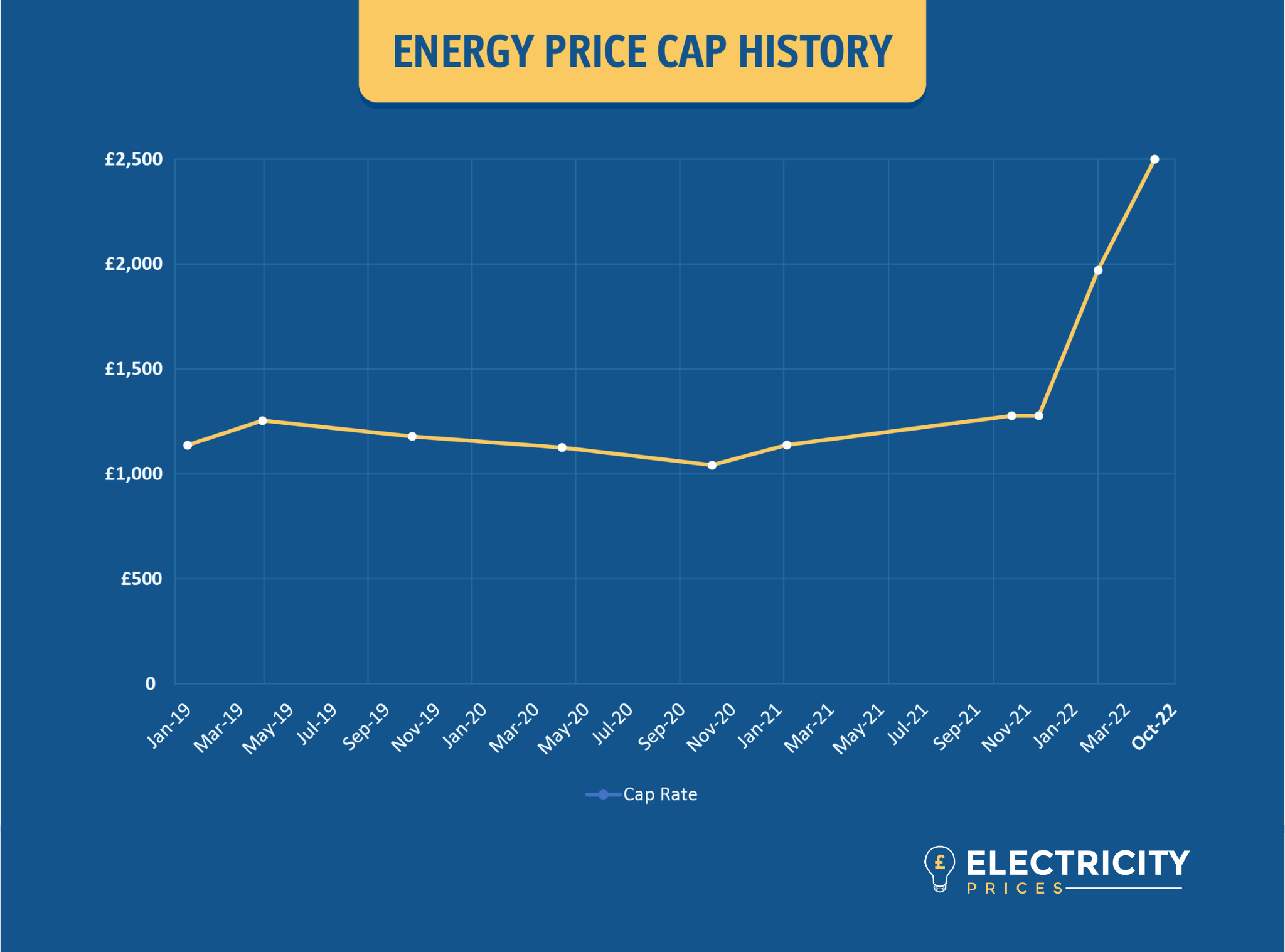Dutch Experiment: Lowering Electricity Prices During Solar Production

Table of Contents
The Mechanics of Dynamic Pricing
How it Works
The core of the Dutch solar electricity pricing experiment lies in real-time data integration. Smart meters and advanced sensors monitor solar power generation across the national grid. This data feeds into sophisticated algorithms that calculate the current supply of solar energy. When solar power generation exceeds a predetermined threshold – meaning a surplus of renewable energy is available – the algorithms automatically lower electricity prices for consumers. This incentivizes increased energy consumption during peak solar production, maximizing the utilization of renewable energy sources and reducing reliance on less sustainable alternatives.
- Real-time monitoring of solar energy output: Sophisticated monitoring systems track solar power generation from various sources across the country.
- Algorithmic price adjustments based on supply and demand: Advanced algorithms dynamically adjust electricity prices based on the real-time balance between solar energy supply and overall demand.
- Communication of price changes to consumers via smart meters or apps: Consumers are informed about price fluctuations through their smart meters or dedicated mobile applications, allowing them to optimize their energy consumption.
- Integration with existing energy grid infrastructure: The system seamlessly integrates with the existing electricity grid, requiring minimal disruption to the current infrastructure.
Benefits of the Dutch Solar Electricity Pricing Experiment
Increased Solar Energy Adoption
Lower electricity prices during peak solar production directly incentivize homeowners and businesses to invest in solar panel installations. The reduced electricity bills during periods of high solar output translate to a faster return on investment (ROI) for solar energy systems.
- Reduced upfront costs for consumers through lower electricity bills: Lower energy costs offset the initial investment in solar panels, making them more financially accessible.
- Faster return on investment for solar panel installations: The quicker payback period makes solar panels a more attractive proposition for a wider range of consumers.
- Increased competition among solar energy providers: The increased demand for solar installations fosters competition within the solar energy market, potentially driving down prices further.
- Potential for higher solar energy self-consumption: Lower prices during peak production incentivize consumers to use more solar energy directly, reducing reliance on the grid.
Environmental Impact
The widespread adoption of solar energy, driven by the dynamic pricing model, yields significant environmental benefits. By reducing reliance on fossil fuels, the Netherlands aims to significantly lower its carbon footprint.
- Reduction in carbon emissions: Replacing fossil fuel-based electricity generation with solar power drastically reduces greenhouse gas emissions.
- Decreased reliance on fossil fuels: The shift towards solar energy reduces the nation's dependence on imported fossil fuels, enhancing energy security.
- Improved air quality: Decreased reliance on fossil fuels leads to cleaner air and improved public health outcomes.
- Contribution to national renewable energy targets: The initiative plays a crucial role in meeting the Netherlands' ambitious renewable energy targets.
Challenges and Considerations of the Dutch Solar Electricity Pricing Model
Grid Stability
Fluctuating solar energy input poses challenges to grid stability. The intermittent nature of solar power necessitates advanced grid management techniques to ensure a consistent and reliable energy supply.
- Need for advanced grid management systems: Smart grids and advanced forecasting models are necessary to manage the intermittent nature of solar power.
- Potential for power outages during periods of low solar production: Strategies must be implemented to ensure energy security even during periods of low solar energy generation.
- Integration of energy storage solutions: Battery storage and other energy storage technologies play a crucial role in mitigating the intermittency of solar power.
Social Equity
Ensuring equitable access to the benefits of the dynamic pricing system is crucial. Low-income households might face challenges in adopting solar panels or benefiting from lower electricity prices.
- Ensuring affordability for vulnerable populations: Targeted support programs and subsidies are essential to ensure that all members of society can benefit from the lower prices.
- Targeted support programs for low-income consumers: Government initiatives should focus on providing assistance to low-income households to enable them to access solar technology and benefit from the dynamic pricing system.
- Addressing potential disparities in solar panel access: Policies need to address potential barriers to solar panel adoption for vulnerable communities.
The Future of Dutch Solar Electricity Pricing and its Global Implications
Scalability and Replication
The success of the Dutch model hinges on its scalability and replicability in other countries. Adapting the system to different energy grids and market structures will be crucial for its wider adoption.
- Adaptability to different energy grids and market structures: The flexibility and adaptability of the system will determine its success in diverse contexts.
- Potential for international collaboration and knowledge sharing: International collaboration can facilitate the sharing of best practices and accelerate the global adoption of similar models.
- Long-term cost-effectiveness analysis: Ongoing evaluations are essential to assess the long-term cost-effectiveness and environmental impact of the program.
Technological Advancements
Technological advancements in energy storage and grid management will play a critical role in enhancing the effectiveness of dynamic pricing systems.
- Development of more efficient and affordable battery storage: Improved battery storage solutions will enhance grid stability and reduce reliance on fossil fuel backup power.
- Improvements in smart grid technologies: Advanced smart grid technologies enable better monitoring, management, and integration of renewable energy sources.
- Advancements in renewable energy forecasting: Accurate forecasting of solar energy production will further enhance the effectiveness of dynamic pricing algorithms.
Conclusion
The Dutch experiment in lowering electricity prices during periods of high solar production offers a promising model for accelerating the global transition to renewable energy. By dynamically adjusting prices, the Netherlands is incentivizing solar energy adoption, reducing carbon emissions, and enhancing energy independence. While challenges remain regarding grid stability and social equity, the potential benefits are significant. Further research and development, coupled with effective policy support, are crucial for ensuring the long-term success of this and similar initiatives. Explore the potential of Dutch solar electricity pricing and its impact on a sustainable energy future. Learn more about how dynamic pricing strategies can contribute to a cleaner and more affordable energy system.

Featured Posts
-
 Greg Olsen Nominated For A Third Emmy A Surprising Upset
May 04, 2025
Greg Olsen Nominated For A Third Emmy A Surprising Upset
May 04, 2025 -
 Reform Party Leadership Why Farage Should Step Aside For Rupert Lowe
May 04, 2025
Reform Party Leadership Why Farage Should Step Aside For Rupert Lowe
May 04, 2025 -
 Ufc Des Moines Predictions And Analysis Of The Main Card
May 04, 2025
Ufc Des Moines Predictions And Analysis Of The Main Card
May 04, 2025 -
 Fleetwood Macs Rumours 48 Years Ago A Broken Band Created A Legendary Album
May 04, 2025
Fleetwood Macs Rumours 48 Years Ago A Broken Band Created A Legendary Album
May 04, 2025 -
 Paulistao Saiba Onde Assistir Portuguesa X Corinthians
May 04, 2025
Paulistao Saiba Onde Assistir Portuguesa X Corinthians
May 04, 2025
